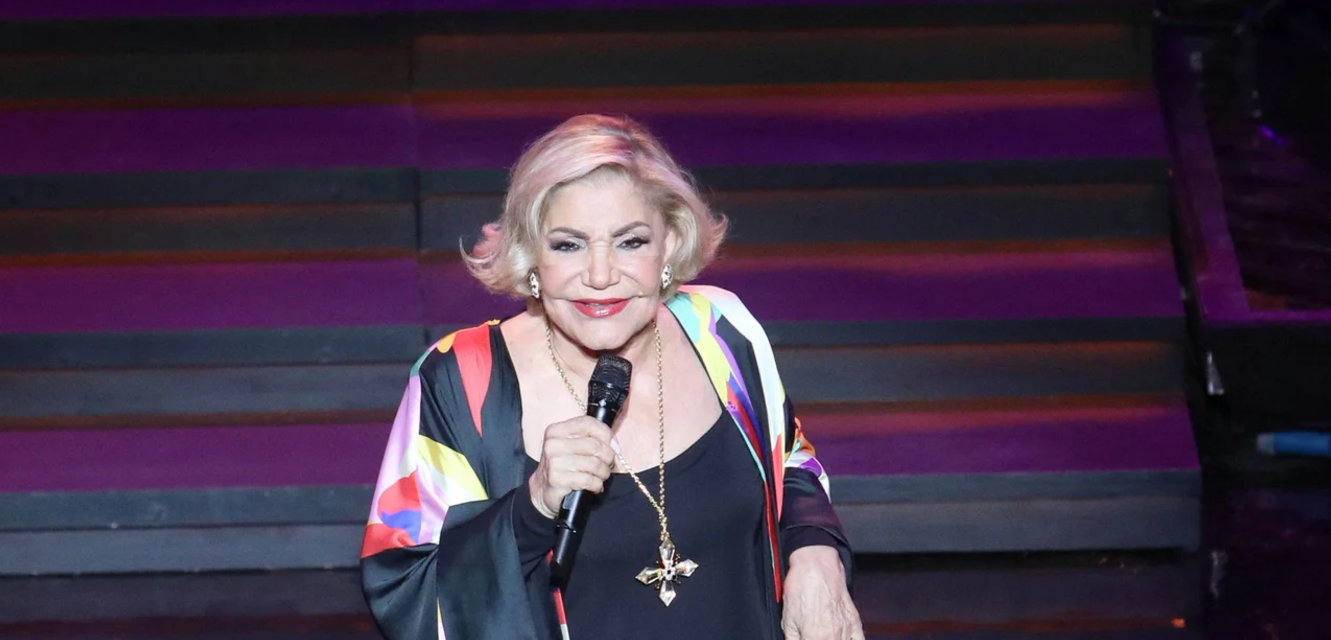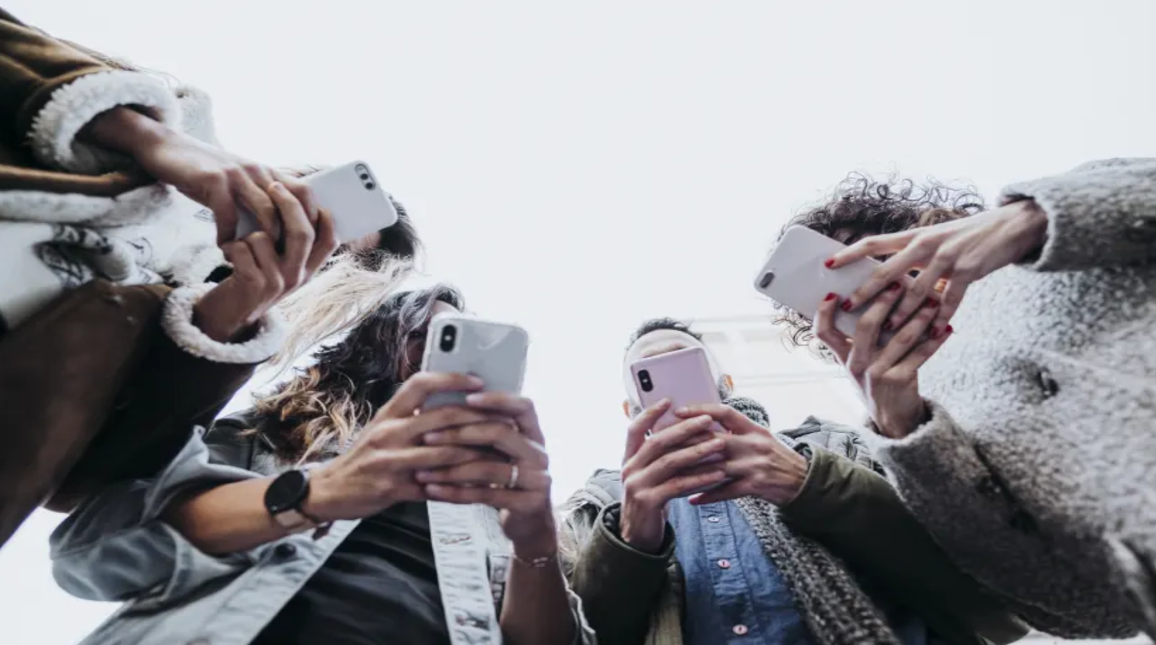By Dimitris Kouvaras,
What does it feel like to be watched? Every one of you (including me) is observed in your daily life by the people around you. You might be walking in the street, having dinner with your family, or speaking in class. In these cases, being watched seems like no big deal. But what if the circumstances are exceptionally embarrassing? You might trip in the middle of the street and be laughed at. In that case, I guess you would rather have no one around you and be spared the awkwardness, which means that being watched isn’t always pleasant. However, my question goes one step further: What if you’re watched all the time?
People have envisioned the ramifications of such a world in rather gloomy terms, with George Orwell being a prominent example . In his book, 1984, he explores the idea of an authoritarian regime implementing complete surveillance on its citizens. Despite its relevance to modern aspects of state surveillance, this scenario still serves more as a warning of a potential dystopia rather than a description of the status quo. However, if one gives it some thought, nowadays people are daily subjected —or prone to being subjected— to another form of “watching”. This is not a top-down imposition but rather a parallel subjection, related to the pervasive habit of recording incidents at will and sharing them on social media.
What sparked the idea of this article was my concern over two videos that have been circulating widely in Greece over the last days. The first one records the moment when Marinella, one of the most prominent and historic singers in the Greek music scene, collapses on stage at the Auditorium of Herod Atticus, during a much awaited and controversial concert. As was later ascertained in hospital, she had suffered a stroke and had to be treated in intensive care, remaining in a critical condition for days. It was widely reproduced in the news during the reportages concerning her health condition, and often combined with gossipy chats over an argument she supposedly had with another singer leading to his removal from the show. The second case, which is equally deplorable but far more disturbing, is a video of the brutal beating of a 14-year-old girl in the Athenian suburb of Glyfada by multiple peers, which led to her sustaining multiple injuries across her body. Despite blurring her image on the video, news outlets have shown no restraint in sharing the video, and so have social media platforms and users. To me, watching a grey mass (i.e. the blurred body of the girl) being ferociously kicked while on the ground was perhaps even more disturbing than the original footage. If you are wondering how I saw the video, the truth is that it was playing on the TV at a friends’ house that I happened to be visiting. Despite wanting to avoid it, the odds weren’t on my side.

These are just some instances of a wider trend in which personal experiences, incidents or situations, most of them containing elements of suffering and disability, are recorded and posted online. Another example, even deeper on the suffering scale, is the resurgent adds I come across on YouTube, portraying starving children in the Gaza Strip, to ask for donations. As in the previous cases, in this one too, there is likely little room for consent on behalf of those portrayed and suffering. For some, this might not be an issue considering the “democratising” character of such exposure, which guarantees immediate and unmediated access to information on critical incidents and enables anyone to “participate” in noteworthy events and become sensitised. However, this is not a sound argument. It ignores the fundamental premise of privacy as an individual right, which entails the element of consent in the dissemination of personal footage, as well as the logical premise that the person subjected to suffering is the principal stakeholder in the situation, which means that their interests should be prioritised over those of bystanders or potential viewers. Even concerning the function of recording as evidence of criminal behaviour, public dissemination adds nothing to its legal value when it oversteps the boundaries of sharing the relevant material with the authorities. To put it into perspective, if by reading the introduction of this article you thought that being seen tripping over is embarrassing, imagine what it would feel like if a video of you doing so circulated on Instagram or X. And what if you were beaten, as the girl in Glyfada was?
Still, there is a deeper reason as to why I consider this trend problematic. While it might seem that exposure sensitises people on important issues such as teenage violence or war (I struggle to find any such correlation for Marinella’s case), it could just as easily have the opposite outcome. Videos are representations of events, therefore not entirely unmediated. What’s more, they are contextually different from the real situation, since the viewers are detached from its spatiotemporal circumstances and can have no immediate impact on what they are watching. In turn, this lessens involvement, especially considering the loophole of content consumption on social media and the viewer’s urge to skip to the next piece. The impact on viewers in cyberspace is therefore no match to the genuine reaction one would have in a real-life situation. If one adds to the above the factor of repetition, viewers are incentivised to get used to the sight and treat it as something normal.

Intuitively, one can understand that regularisation is not conducive to sensitisation but counterproductive. The sad outcome of this process of acculturation to consuming sensitive footage is that even people who are physically present in such events tend to revert to the habit of recording. The impulse is almost automatic, as if it were a perennial instinct. Even sadder, when one is busy recording they can offer no tangible help to those in need. They are viewers, not agents.
In the Glyfada case, some viewers of the video did act, but in a way distinctly online and counterproductive. They posted threats after identifying some of the perpetrators, proclaiming their intent to seek vengeance, despite being utterly unqualified to attribute justice. Instead of sensitisation, the video sparked an online cycle of revenge, highlighting how dire the consequences can be of it falling in the wrong hands. What is produced isn’t democratisation but a jungle-like condition, a “state of cyber-nature” if I am allowed the linguistic play.
So, what about information sharing if all this is problematic? How could we identify with what goes on? The answer is rather simple. Just think of how you felt when reading a moving book where a character suffered. I bet that you were emoted more than watching a random video of harassment in the news. Other means of transmitting sensitive information are just as impactful without commodifying suffering. Of course, videos do have their role to play, but it is crucial to discern what, when, and where should be displayed lest we live in a world abridging the Orwellian imagination, and in which the viewer is not one but many.
References
- Marinella collapses on stage during Herodion performance. Iefimerida. Available here
- Recording vs. Reacting: Unveiling Consequences. Medium. Available here
- Glyfada: 14-Year-Old Girl Endures Months of Bullying and Assault Since Last May. ProtoThema English. Available here




